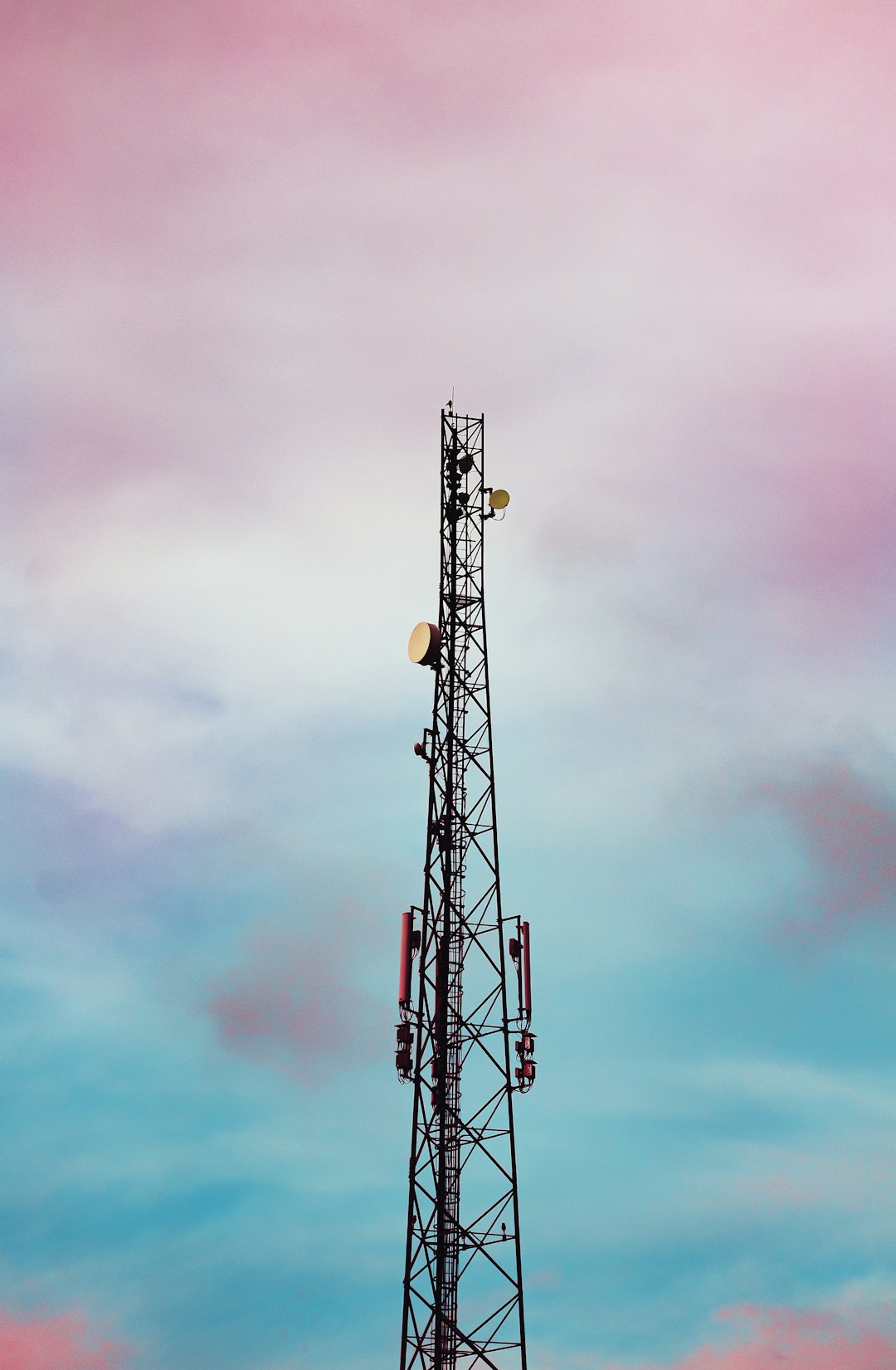As businesses increasingly adopt hybrid and remote work models, the importance of efficient and secure network infrastructure becomes critical. One significant aspect of this shift is the implementation of managed remote access solutions. These services allow employees, contractors, and partners to securely connect to an organization’s network from remote locations. While this offers clear operational advantages, it also has implications for network performance, which must be carefully assessed and optimized.
What is Managed Remote Access?
Managed remote access refers to third-party or in-house IT services that oversee the configuration, maintenance, and performance of remote connectivity solutions. This includes technologies like Virtual Private Networks (VPNs), Virtual Desktop Infrastructure (VDI), and Secure Web Gateways. Unlike traditional setups, managed services come with active monitoring, automated updates, and tailored configurations designed to suit business needs.
Impact on Network Performance
The effect of managed remote access on network performance can be both positive and negative, depending on several variables. Understanding these impacts helps in making informed decisions that balance cost, speed, and security.
1. Increased Bandwidth Consumption
Remote access tools often require additional bandwidth to securely transmit data between users and the company’s central systems. Encrypted data packets, video conferencing, and file sharing can all contribute to network strain.

2. Latency and Connection Stability
Latency becomes a critical factor when access points are geographically distant from remote users. For example, an employee connecting from Europe to servers in North America may experience longer response times. Managed remote access services often employ content delivery networks (CDNs) and regional data centers to reduce the impact of latency.
3. Load Balancing and Optimization
One of the strengths of managed services is their ability to implement intelligent load balancing. Traffic can be distributed efficiently across servers, ensuring no single component becomes a bottleneck. This leads to more consistent user experiences, even under heavy usage.
4. Security Overhead
While security is essential, it also adds layers that can affect network throughput. Firewalls, intrusion detection systems, and encryption protocols all use processing power and bandwidth. Managed services mitigate this by using optimized configurations tailored to the organization’s specific needs.
Optimization Techniques
Organizations can undertake various strategies to ensure that managed remote access supports rather than hinders performance:
- Scalable Infrastructure: Cloud-native architectures can autoscale resources based on demand.
- Traffic Segmentation: Prioritize critical applications to optimize bandwidth use.
- WAN Optimization: Use compression and caching techniques to speed up data transfer.
- Regular Monitoring: Managed services provide dashboards and alerts for proactive troubleshooting.
The Role of SLAs and Performance Guarantees
Managed services typically operate under Service Level Agreements (SLAs), which define performance benchmarks such as uptime, latency, and response times. This contractual commitment ensures that providers remain accountable for maintaining optimal network speeds and reliability, thus fostering greater trust and performance transparency.
Conclusion
While managed remote access introduces new variables into the network equation, it also offers a structured and efficient way to handle remote connectivity. With the right service provider and optimization strategies in place, businesses can enjoy enhanced security and scalability without compromising on network performance.
Frequently Asked Questions (FAQ)
- Q: Does managed remote access slow down my network?
A: Not necessarily. When configured correctly, managed solutions can even optimize performance by using load balancing and efficient routing. - Q: Can I monitor network performance through a managed service?
A: Yes, most managed services offer performance dashboards, real-time analytics, and alert systems to help monitor and troubleshoot issues. - Q: How does encryption affect network performance?
A: Encryption adds some overhead, but this is balanced by increased security. Managed services optimize encryption methods for minimal performance impact. - Q: What technologies are involved in managed remote access?
A: Common technologies include VPNs, VDIs, secure web gateways, firewalls, and monitoring tools—all managed under a consolidated service umbrella. - Q: Can managed services help with latency issues?
A: Absolutely. They often use CDNs, edge computing, and optimized routing to reduce latency in remote connections.
